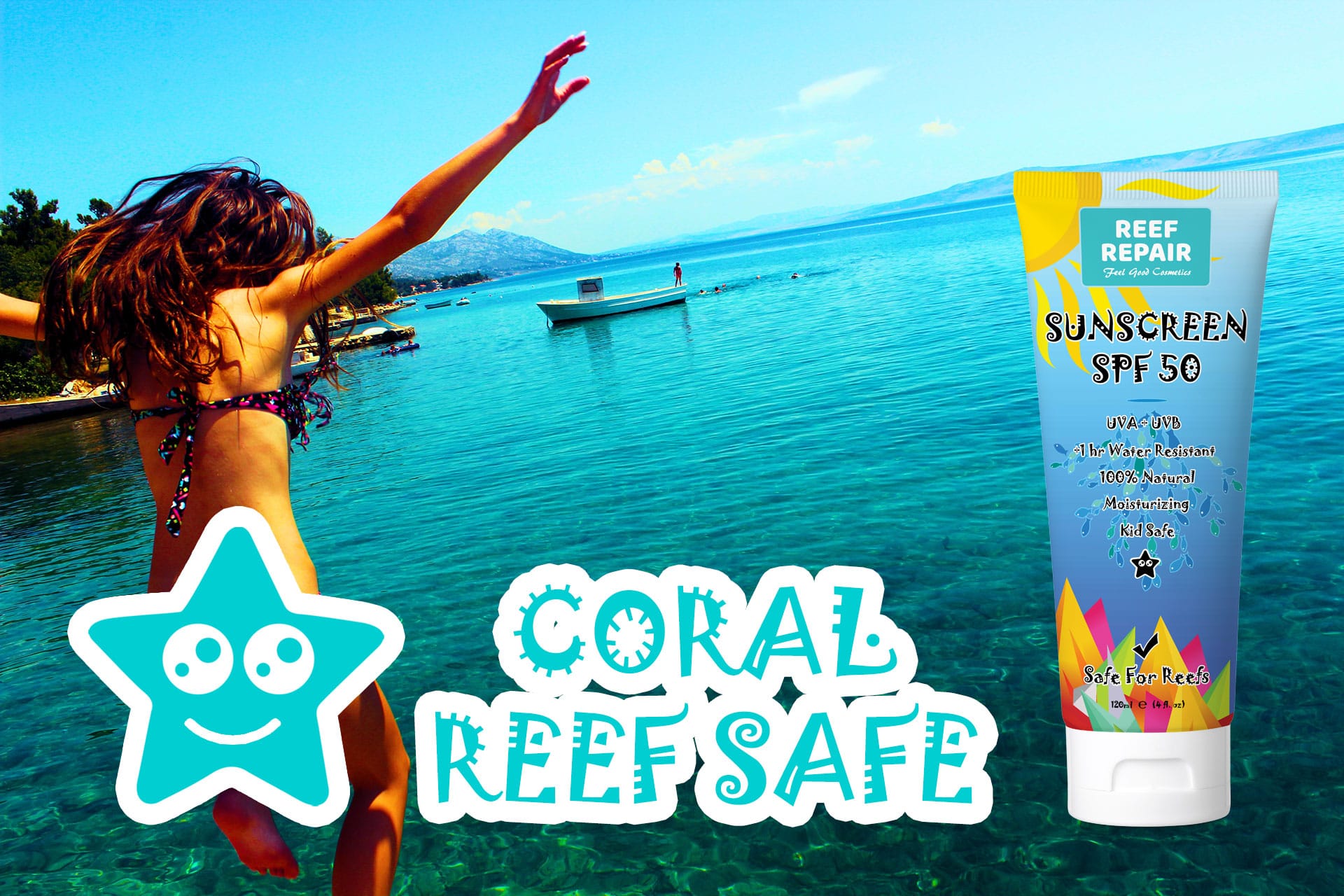Protecting your skin from the sun shouldn’t come at the expense of our oceans. That’s where reef-safe sunscreen comes in. This guide will help you understand what makes a sunscreen reef-safe, how to choose the best option for you, and why it matters.
Why Reef-Safe Sunscreen Matters
What Makes Some Sunscreens Harmful?
Traditional sunscreens often contain chemicals like oxybenzone, octinoxate, and octocrylene. While these ingredients effectively protect our skin from the sun, studies suggest they can contribute to coral bleaching and harm marine life.
- Coral Bleaching: These chemicals can disrupt coral reproduction, growth, and resilience to climate change.
- Marine Life Impacts: The harmful effects can extend to fish, algae, and other essential parts of the ocean ecosystem.
Reef-Safe Sunscreen: A Better Way to Protect
Reef-safe sunscreens use mineral ingredients like zinc oxide and titanium dioxide. These minerals act as tiny mirrors, sitting on top of your skin and reflecting the sun’s rays away, providing effective protection without harming coral.
How to Choose the Right Reef-Safe Sunscreen
1. Read the Label Carefully
- Look for “Mineral” or “Physical” Sunscreen: This typically indicates the presence of reef-friendly ingredients.
- Check the Active Ingredients: Ensure that only zinc oxide or titanium dioxide are listed. Avoid sunscreens containing oxybenzone, octinoxate, or octocrylene.
2. Consider “Non-Nano” Particles
While zinc oxide and titanium dioxide are generally considered safe, very tiny particles, called “nano-particles,” might be more easily absorbed by corals. To be extra cautious, look for sunscreens that specify “non-nano” for these ingredients. Research in this area is ongoing.
3. Don’t Rely Solely on “Reef-Safe” Claims
The term “reef-safe” is not consistently regulated. Always check the full ingredient list to avoid hidden chemicals that could harm marine life.
4. Zinc Oxide vs. Titanium Dioxide
While both are considered safer than chemical sunscreens, emerging research suggests that titanium dioxide might be gentler on coral than zinc oxide.
Learn more about the potential benefits of withania somnifera during breastfeeding.
Key Features of Effective Sunscreen
Choosing a reef-safe sunscreen is essential, but it’s also crucial to select one that provides adequate protection for your skin.
- Broad-Spectrum Protection: Ensures protection against both UVA and UVB rays, which are responsible for sunburn, premature aging, and skin cancer.
- SPF 30 or Higher: The SPF (Sun Protection Factor) indicates the level of protection from UVB rays. Dermatologists generally recommend SPF 30 or higher for adequate sun protection.
- Water Resistance: If you’re planning to be in the water, choose a water-resistant sunscreen and reapply as directed on the label.
Beyond Sunscreen: Protecting Yourself and the Reef
- Minimize Sunscreen Use: Wear protective clothing, hats, and sunglasses, and seek shade during peak sun hours to reduce your reliance on sunscreen.
- Support Reef-Friendly Businesses: Choose tour operators and businesses that prioritize reef conservation and sustainable practices.
- Advocate for Change: Stay informed about sunscreen bans and regulations in areas with coral reefs (e.g., Hawaii, Palau) and support efforts to protect these fragile ecosystems.
La Roche-Posay and Reef Safety
La Roche-Posay is a popular skincare brand known for its commitment to sensitive skin. While they don’t explicitly use the term “reef safe” on their products due to the lack of a standardized definition, they have taken steps to make many of their sunscreens more ocean-friendly.
- Hawaii Compliant: La Roche-Posay offers sunscreens that comply with Hawaii’s strict regulations, which ban the sale of sunscreens containing oxybenzone and octinoxate.
- Marine Life Logo: Some La Roche-Posay products feature a marine life logo, indicating a partnership with organizations like Tara Pacific to minimize their impact on the ocean.
- Biodegradable Formulas: La Roche-Posay strives to create formulas that are biodegradable, minimizing their environmental footprint.
However, it’s essential to note:
- No Universal “Reef-Safe” Standard: The definition of “reef safe” can vary, so it’s crucial to review ingredient lists and research specific products.
Discover how WaterDrop Reverse Osmosis can provide you with pure, healthy drinking water for you and your family.
Making Informed Choices for a Healthier Planet
By choosing reef-safe sunscreen, you’re making a conscious decision to protect both your skin and the ocean. As research evolves and awareness grows, we can all contribute to preserving the beauty and health of coral reefs for generations to come. Remember to check ingredients, read labels carefully, and support brands that prioritize sustainability and environmental responsibility.
- Unlock what part of speech is is: Master English Grammar Now - April 2, 2025
- Unlock the best US history books: A curated list for insightful reading - April 2, 2025
- First Lady Book: A History of Power and Influence - April 2, 2025
















